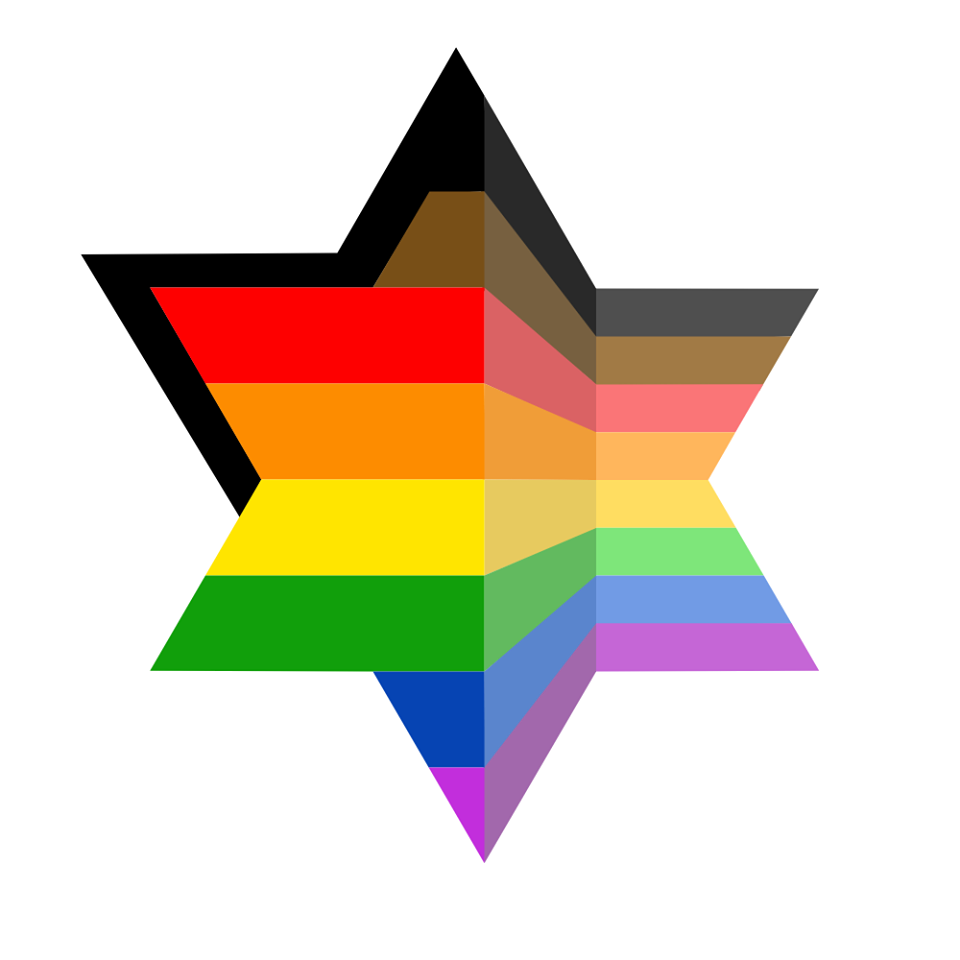Blessing for Torah Study
Baruch atah, Adonai Eloheinu, ruach ha-olam, asher kid’shanu b’mitzvotav v’tzivanu la'asok b’divrei Torah. Blessed are You, Adonai our God, Sovereign of all, who hallows us with mitzvot, charging us to engage with words of Torah.
Beginning with Our Own Torah
Like in English, the word for "face" in Hebrew, "panim," means many things. What are some of those meanings in English? What are the relationships between these meanings? How can something or someone have multiple faces?
Deuteronomy 34:10-12
Context: The Israelites have finally made it into the land of Israel. Moses, however, is not allowed to enter. He is at the end of his journey and about to die. The Torah is also coming to a close. This passage was written in the ~500s BCE.
Usage today: This passage is used in Yigdal, a prayer that can be included at the beginning and end of services. It describes the 13 tenets of faith asserted by Maimonides.
Questions to consider: What might the phrase, "face to face," mean in this context? What does it imply about the nature of God? What does it imply about Moses? Do you think Rashi is right?
וְלֹא־קָ֨ם נָבִ֥יא ע֛וֹד בְּיִשְׂרָאֵ֖ל כְּמֹשֶׁ֑ה אֲשֶׁר֙ יְדָע֣וֹ ה' פָּנִ֖ים אֶל־פָּנִֽים׃
Never again did there arise in Israel a prophet like Moses—whom ה' singled out, face to face,
לְכׇל־הָ֨אֹתֹ֜ת וְהַמּוֹפְתִ֗ים אֲשֶׁ֤ר שְׁלָחוֹ֙ ה' לַעֲשׂ֖וֹת בְּאֶ֣רֶץ מִצְרָ֑יִם לְפַרְעֹ֥ה וּלְכׇל־עֲבָדָ֖יו וּלְכׇל־אַרְצֽוֹ׃
for the various signs and portents that ה' sent him to display in the land of Egypt, against Pharaoh and all his courtiers and his whole country,
and for all the great might and awesome power that Moses displayed before all Israel.
אשר ידעו ה׳ פנים אל פנים WHOM THE LORD KNEW FACE TO FACE — this means: that he was familiar with Him and used to speak with Him at any time he desired, just as it is stated that Moses said, (Exodus 32:30), “And now I will ascend to the Lord”; (Numbers 9:8) “Stay and I will hear what God will command regarding you.”
Rashi is a famous medieval rabbi who lived between 1040-1105 CE in France.
Genesis 1:26-27
Context: God is in the process of creating the world. This is one of our central origin stories. The text was likely written in the ~600s BCE.
Usage today: This origin story is perhaps one of the most well-known passages from the Torah. On Simchat Torah, we finish reading from Deuteronomy and scroll all the way back to the beginning of Genesis.
Questions to consider: Whose faces are we seeing? What are their genders? What is the nature of human beings and God? Do you agree with any of the commentators?
וַיֹּ֣אמֶר אֱלֹקִ֔ים נַֽעֲשֶׂ֥ה אָדָ֛ם בְּצַלְמֵ֖נוּ כִּדְמוּתֵ֑נוּ וְיִרְדּוּ֩ בִדְגַ֨ת הַיָּ֜ם וּבְע֣וֹף הַשָּׁמַ֗יִם וּבַבְּהֵמָה֙ וּבְכׇל־הָאָ֔רֶץ וּבְכׇל־הָרֶ֖מֶשׂ הָֽרֹמֵ֥שׂ עַל־הָאָֽרֶץ׃
And God said, “Let us make humankind in our image, after our likeness. They shall rule the fish of the sea, the birds of the sky, the cattle, the whole earth, and all the creeping things that creep on earth.”
וַיִּבְרָ֨א אֱלֹקִ֤ים ׀ אֶת־הָֽאָדָם֙ בְּצַלְמ֔וֹ בְּצֶ֥לֶם אֱלֹקִ֖ים בָּרָ֣א אֹת֑וֹ זָכָ֥ר וּנְקֵבָ֖ה בָּרָ֥א אֹתָֽם׃
And God created humankind in the divine image, creating it in the image of God—
creating them male and female.
Said R’ Yirmiyah ben Elazar: In the hour when the Holy One created the first human, He created him as an androgyne (androginos), as it is said, “male and female He created them.”
Said R’ Shmuel bar Nachmani: In the hour when the Holy One created the first human, He created for him a double-face (d'yu par’tsufim) and sawed him and made him backs, a back here and a back there, as it is said, “Back and before You formed me” (Ps 139:5). They objected to him: But it says, “He took one of his ribs” (Gn 2:21)! He said to them: It means “one of his sides,” just as you would say, “And for the side of the Tabernacle” (Ex 26:20), which they translate in Aramaic “for the side.”
Bereshit Rabbah is a Midrash dated to the 6th century CE. Midrash tells stories to try to explain apparent inconsistencies and elucidate ambiguous texts in the Torah.
Elli Gold, 2005. The Myth of Soulmates.
God never mistook me for the body others saw. God knew who I truly was, and understood how alone I felt, because God, like me, had no body to make God visible, no face human beings could see (pg. 2).
Ending with Our Own Torah
It is said that there are 70 faces to the Torah. How might we relate this concept to gender? How can there be so many different faces?




